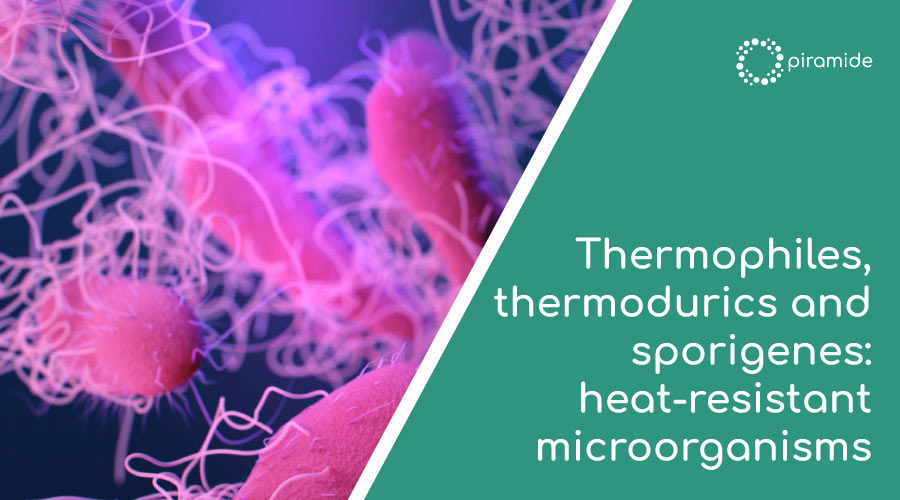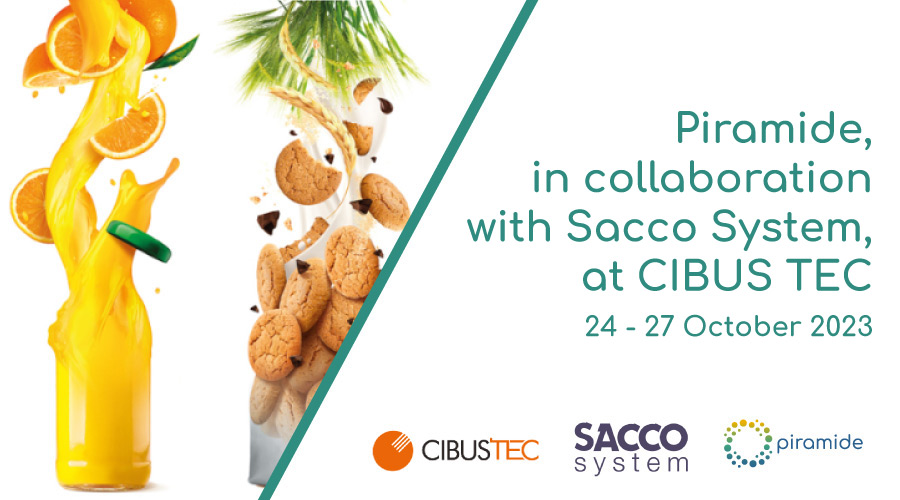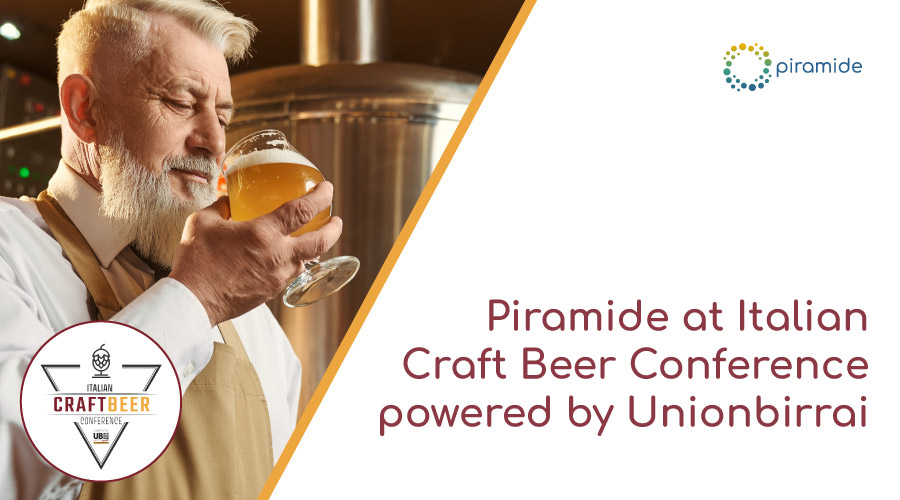Heat treatments (pasteurisation and sterilisation) are the most widely used systems in the dairy and food industry in general to reduce/break down the microbial load.
However, not all micro-organisms are equally sensitive to such treatments.
There are in fact two categories of micro-organisms capable of surviving even when subjected to high temperatures.
These micro-organisms belong to the group of thermophiles and thermodurics.
Thermophiles

Thermophiles are understood to be those microorganisms that can grow at moderately high temperatures, from 45° to 65°C. In addition, they are capable of forming spores, and these characteristics allow them to grow and persist in the pre-heating and evaporation sections within milk powder production plants, and in the heat exchange and packaging areas in UHT milk production plants, acting as a source of contamination on the product.
The main thermophilic contaminants are Anoxybacillus flavithermus and Geobacillus spp. (Ronimus et al., 2003, Rueckert et al., 2004). Other facultative thermophilic bacilli are Bacillus licheniformis, Bacillus coagulans and Bacillus subtilis (Ronimus et al., 2003). Anoxybacillus flavithermus is a dominant thermophilic bacterium in milk powder and is ubiquitous in milk powder plants (Rueckert et al., 2004).
These microorganisms are also biofilmogens, and it appears that biofilm formation is a process related to sporulation, just as the detachment of spores from the biofilm leads to germination and subsequent contamination and alteration of the product.
In the case of milk powder, when it is reconstituted, and if conditions are right, spores can germinate. This can lead to enzyme production, acid production and the subsequent development of unpleasant tastes/odours in the product (Chopra and Mathur 1984; Chen et al. 2004).
It is inferred that in UHT milk, as there is no reconstitution process, this phenomenon can occur even more easily.
Thermodurics
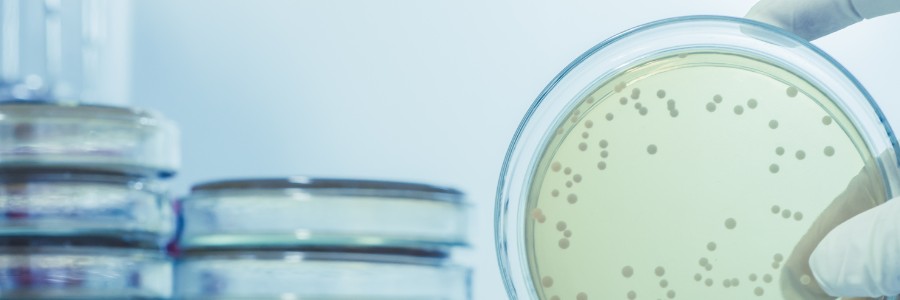
Equally important are thermoduric microorganisms, i.e. those bacteria that can survive exposure to temperatures significantly above their maximum temperature for growth.
In the dairy industry, the term is applied to those organisms that survive, but do not grow, at pasteurisation temperatures.
This group includes species of Micrococcus, Streptococcus, Lactobacillus, Bacillus and, occasionally, gram-negative rods.
For example, Streptococcus thermophilus can survive the heat treatment used to pasteurise milk and can then rapidly colonise stainless steel surfaces downstream of the pasteuriser, forming a biofilm. It has also been shown that S. thermophilus cells, after colonising surfaces and producing a biofilm, are more resistant to disinfectants and heat than they were (Flint et al., 1999, Flint et al., 2002).
So far, we have seen how some microorganisms are able to resist heat treatment.
This is often due to the transition from vegetative cell to spore, which for some micro-organisms is a very important mechanism of adaptation to extreme environments, enabling them to survive in conditions that would otherwise be lethal.
Sporigenes
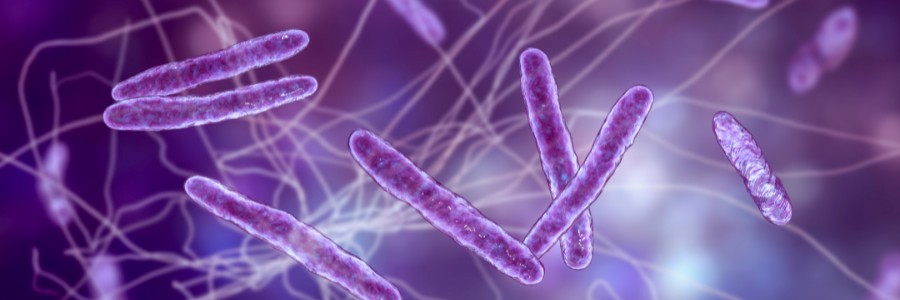
In addition, it is known how many sporigenes are able to form biofilms and how the extracellular matrix of the biofilm can act as an epicentre for the maturation of spores, which can be released from it and cause continuous contamination of the production environment.
The complex structure of the spore allows it to survive extreme temperatures, desiccation, extremely basic or acidic pH, exposure to UV radiation and chemicals (Setlow, 2006, Nicholson et al., 2000). Its dormancy is the result of little or no metabolic activity (Setlow and Kornberg, 1970). When conditions become favourable, the spores can return to their vegetative state.
The spores can survive heat treatments typically used in the dairy industry, such as pasteurisation, and also UHT sterilisation treatments as in the case of spores of certain Geobacillus spp. strains (Hill and Smythe, 1994).
In addition, the association of spores with the presence of biofilms makes contamination management even more complex: microorganisms capable of sporulating and activating biofilm formation processes become highly resistant to antimicrobial agents.
This makes their elimination rather difficult.
Furthermore, the biofilm matrix offers additional protection for the embedded endospores, allowing them to survive and colonise in the surrounding environment when conditions are favourable.
A BIOREM® treatment can protect against high risks
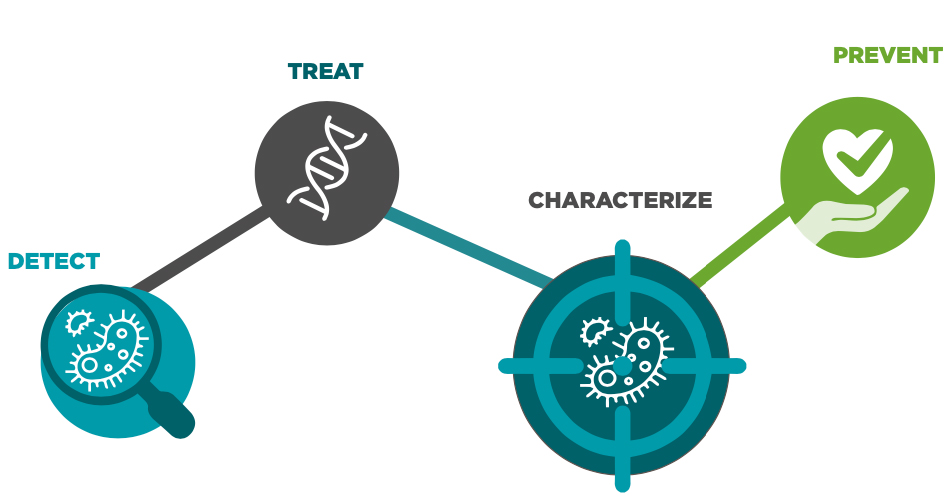
Thanks to our experience with BIOREM® treatments, UHT productions are the ones where we often encounter sporigenic contamination problems.
The patented BIOREM® treatment, specific for biofilm removal, allows us to determine the presence, and eliminate if present, even biofilm-related microorganisms with a single wash.
The washing solutions can in fact be analysed using both classical microbiological techniques and innovative techniques such as metagenetics, the flagship of the services offered by Piramide and Realco.
Be it UHT milk production, vegetable drinks or other food products, the appearance of contamination by sporigenes is a sign of great risk for the company.
A BIOREM® treatment can protect against high risks.
For more information, ask our experts:
Tel: 0332 826017
Email: av@piramide-ambiente.it

